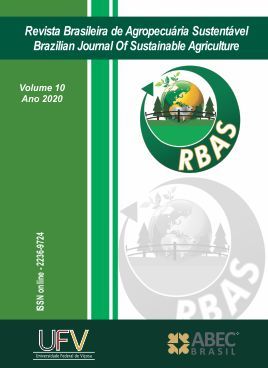Ethnobotanical aspects of phytotherapy popular in the quilombola community Conceição de Mirindeua, Moju-PA
DOI:
https://doi.org/10.21206/rbas.v10i1.9609Keywords:
Populações tradicionais, Plantas medicinais, Toxicidade, Ecossistemas, AmazôniaAbstract
The Amazon possesses a vast wealth of natural resources, among which are the species of medicinal plants that have a cultural value well present for many traditional peoples. However, there are still several species unknown or little elucidated by science that are widely used by traditional populations. In view of this, the present study aimed to make an ethnobotanical survey of medicinal plants used by residents of the quilombola community of Conceição de Mirindeua using semi-structured interviews. The interviews took place from October to November 2019, with 25 (twenty-five) residents between the ages of 28 and 77. The results obtained show that the majority of interviewees (64% of the total) have only incomplete primary education and family income of up to 1 minimum wage. Eighty-six ethnospecies were cited, and 83 were identified by the Embrapa/Belém Botany Laboratory, 1 at the family level, 68 at the family and species level, and only 14 at the family and genus level, with emphasis on the Lamiaceae family with 16 species. The most cited form of preparation was the tea and the leaves had greater representation as part used.
Downloads
Downloads
Published
How to Cite
Issue
Section
License
1. Proposta de Política para Periódicos de Acesso Livre
Autores que publicam nesta revista concordam com os seguintes termos:
Autores mantém os direitos autorais e concedem à revista o direito de primeira publicação, com o trabalho simultaneamente licenciado sob a Licença Creative Commons Attribution que permite o compartilhamento do trabalho com reconhecimento da autoria e publicação inicial nesta revista.












